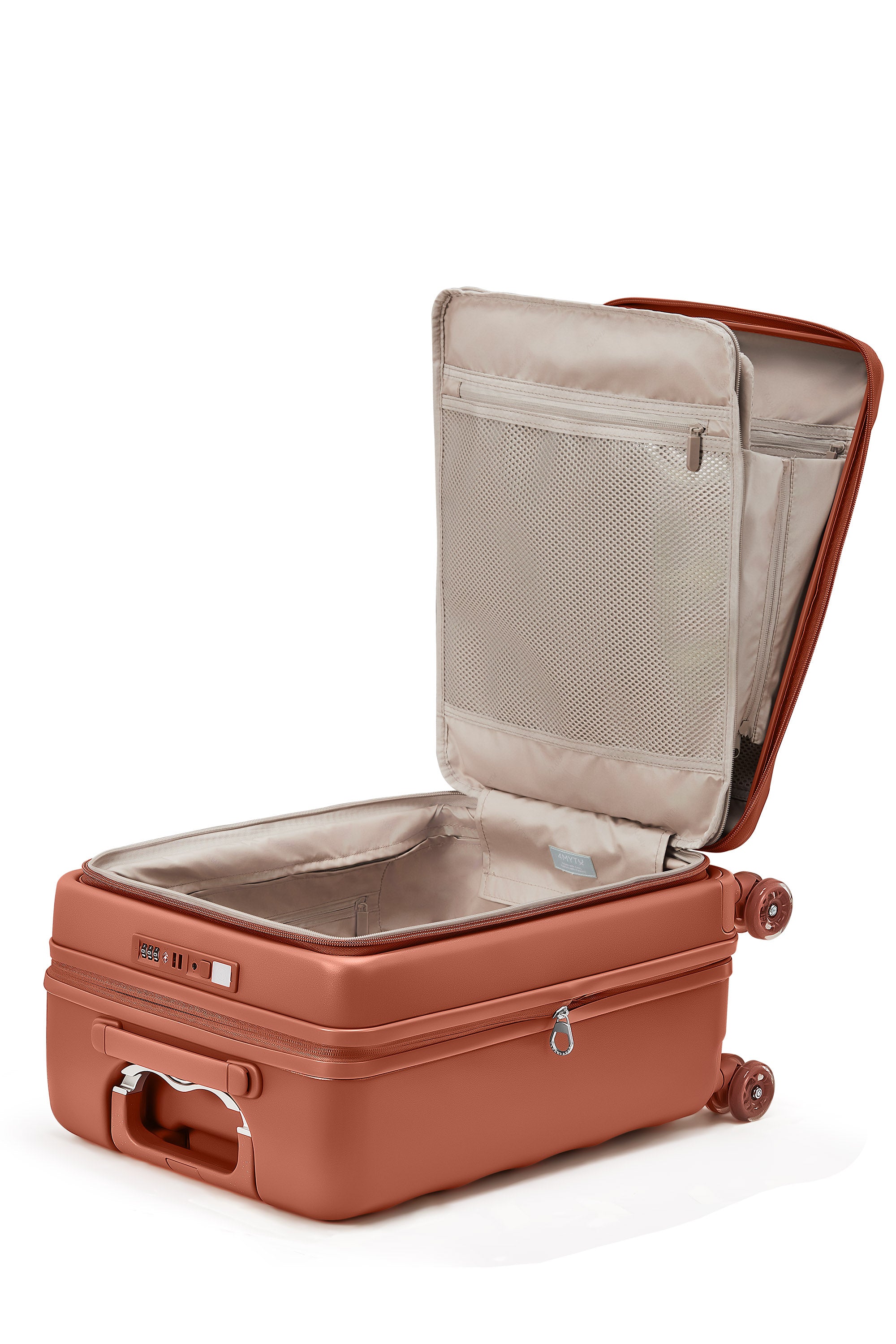Unveiling the Secrets: Which Luggage Can Withstand the Ultimate Travel Test?
When it comes to embarking on travel adventures, the last thing a traveler wants to worry about is their luggage falling apart mid-journey. Durable luggage is not just a luxury; it's a necessity for anyone who frequently finds themselves navigating bustling airports, rugged terrain, or unpredictable weather. Imagine the frustration of a broken zipper or a cracked suitcase just before a crucial business trip or a long-awaited vacation. This article aims to explore various luggage options and determine which ones stand out in terms of durability. We will delve into the factors that contribute to a suitcase's ability to withstand the rigors of travel, ensuring that your belongings remain safe and secure throughout your journey.

Understanding Luggage Durability
Durability in luggage refers to its ability to withstand wear, pressure, or damage over time. Several factors contribute to this resilience, including the materials used, the construction quality, and the design features incorporated into the luggage. For frequent travelers, durability is crucial as it not only protects their belongings but also enhances the overall travel experience. A well-constructed suitcase can endure the rough handling typical of airport baggage systems and the inevitable scrapes and bumps that occur during travel. Understanding what makes luggage durable can help travelers make informed decisions, ensuring they invest in luggage that will last.
Materials That Enhance Durability
The materials used in luggage construction play a significant role in its durability. Common materials include polycarbonate, ballistic nylon, and aluminum. Polycarbonate is a lightweight, impact-resistant plastic that is known for its ability to absorb shock, making it a popular choice for hard-shell suitcases. Ballistic nylon, originally developed for military use, offers exceptional durability and resistance to abrasions and tears, making it ideal for soft-sided luggage. Aluminum, while heavier, provides an unrivaled level of protection against impacts and is often favored for its stylish and rugged design. Each material has its pros and cons, and understanding these can help travelers choose luggage that best meets their needs.
Construction Techniques That Improve Longevity
The construction techniques employed in luggage design are equally important in determining durability. Features such as reinforced corners, high-quality stitching, and robust zippers can significantly improve a suitcase's lifespan. Reinforced corners are particularly essential as these areas are often the first to experience wear and tear. The quality of stitching can prevent the seams from unraveling under stress, while sturdy zippers can withstand repeated use without failing. Investing in luggage that incorporates these durable construction techniques ensures that travelers can rely on their bags, no matter the journey.
Real-World Durability Tests
Luggage durability is often tested through a series of rigorous evaluations designed to simulate real-world conditions. Common tests include drop tests, where bags are dropped from various heights to assess impact resistance, and weight tests that evaluate how much weight a suitcase can handle without losing its shape or integrity. Weather resistance tests are also crucial, especially for travelers who face unpredictable climates. Findings from these tests can reveal significant differences between luggage types, helping consumers understand what to expect in terms of durability and performance under stress.
Choosing the Right Luggage for Your Travel Needs
Selecting the most durable luggage involves considering individual travel habits and preferences. Travelers should assess how frequently they travel, the types of destinations they visit, and their personal style. For instance, business travelers may prefer sleek, professional-looking hard-shell suitcases that can withstand frequent handling, while adventure travelers might benefit from soft-sided bags made from durable materials that can expand and compress easily. It's essential to weigh these factors and choose luggage that aligns with one’s travel lifestyle, ensuring that durability is a key consideration in the selection process.
Summary of Key Insights
In summary, the durability of luggage is a critical aspect that can significantly impact travel experiences. From understanding the materials and construction techniques that enhance durability to recognizing the importance of real-world testing, travelers can make informed choices when selecting their luggage. By prioritizing durability, travelers can ensure that their belongings remain safe and secure, allowing them to focus on enjoying their adventures. As you assess your luggage options, remember the insights shared in this article to choose wisely and enhance your travel experiences.






